
A road stretching to more than 80% of the world – russia proposes a superhighway that will take you from europe to the united states!
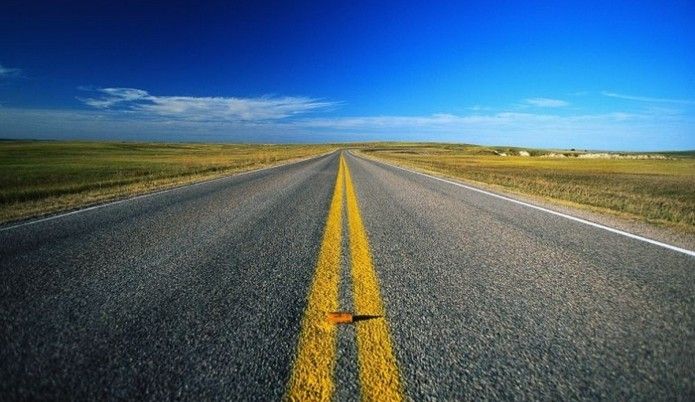
According to a report in The Siberian Times, Russian Railways president has proposed a plan for a massive trans-Siberian highway.
]]>
The faces of Capitol Hill are changing.
When the 116th Congress heads to Washington in January, there will be a record number of women in the ranks — at least 123, according to the news website Axios, including the first Muslim women, the first Somali-American, and the first Native American women.
There will be more scientists too.
]]>
The American Civil Liberties Union says that Amazon Rekognition, facial recognition software sold online, inaccurately identified lawmakers and poses threats to civil rights — charges that Amazon denies. Leon Neal/AFP/Getty Images hide caption.
I have a NEW channel ► “Meet, Arnold!” — https://www.youtube.com/watch?v=NsoJa2pm6Mo
If you like this video — put Thumb Up button (please) and
Okay, okay. I got to go… See You Soooooooooooooooon dudes wink

Across Ireland, villages have their own traditions of folk medicine. Everything from nettle soup to the local dirt is rumored to have mysterious healing properties. Is it the luck of the Irish or science? NBC’s Dr. John Torres has this week’s Sunday Closer. March 17, 2019.
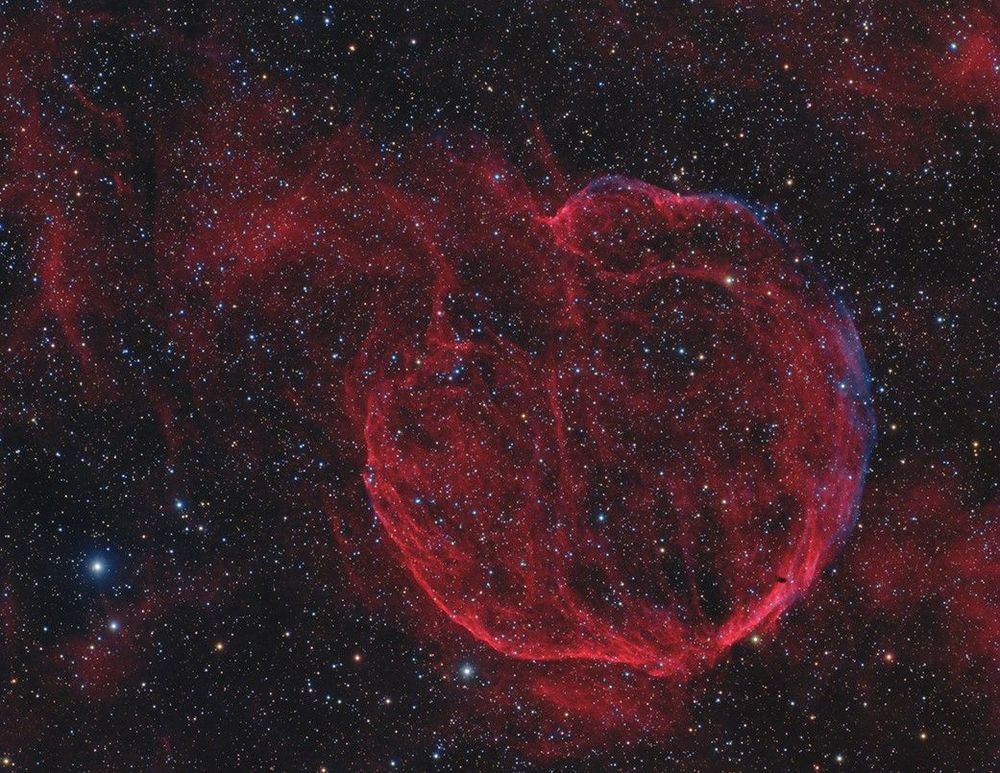
Astronomers found a pulsar hurtling through space at nearly 2.5 million miles an hour — so fast it could travel the distance between Earth and the Moon in just 6 minutes. The discovery was made using NASA’s Fermi Gamma-ray Space Telescope and the National Science Foundation’s Karl G. Jansky Very Large Array (VLA).
“Thanks to its narrow dart-like tail and a fortuitous viewing angle, we can trace this pulsar straight back to its birthplace,” said Frank Schinzel, a scientist at the National Radio Astronomy Observatory (NRAO) in Socorro, New Mexico. “Further study of this object will help us better understand how these explosions are able to ‘kick’ neutron stars to such high speed.” Schinzel, together with his colleagues Matthew Kerr at the U.S. Naval Research Laboratory in Washington, and NRAO scientists Dale Frail, Urvashi Rau and Sanjay Bhatnagar presented the discovery at the High Energy Astrophysics Division meeting of the American Astronomical Society in Monterey, California. A paper describing the team’s results has been submitted for publication in a future edition of The Astrophysical Journal Letters.
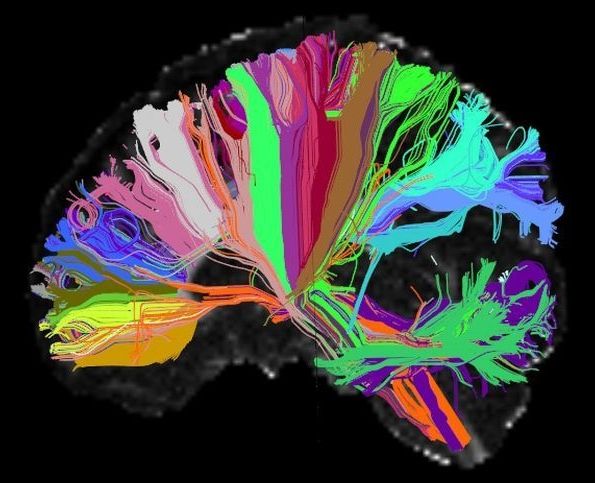
For decades, we’ve thought that memories were formed in two distinct stages—short-term first, then long-term later.
We might be wrong. New research suggests that our brains make two copies of each memory in the moment they are formed. One is filed away in the hippocampus, the center of short-term memories, while the other is stored in cortex, where our long-term memories reside.
These findings, published yesterday in the journal Science, upend more than 50 years of accepted neuroscience, and they’re being hailed by other neuroscientists. Here’s James Gallagher, reporting for BBC News:
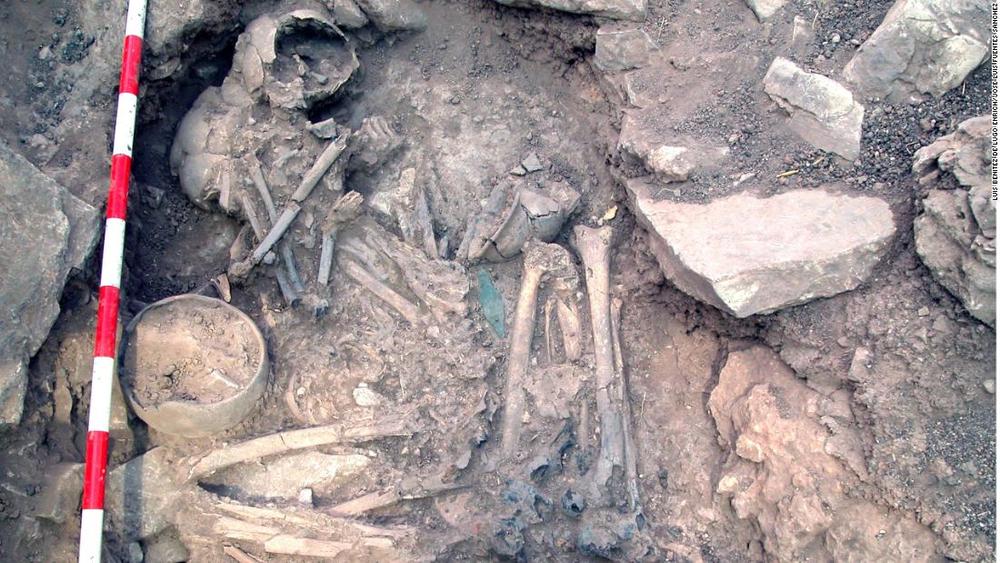
“The modern people of Basque Country, in northern Spain, are genetically similar to the Iberian Iron Age people with ancestry from the Russian steppe. While people around them mixed with different groups and changed, the Basques held on to their heritage.”
Ancient DNA is uncovering the secrets of the unique populations of what are now Portugal and Spain. Two studies published this week include unexpected findings from the DNA of people who lived thousands of years ago on the Iberian Peninsula.
The rugged peninsula is positioned between North Africa, Europe and the Mediterranean on the westernmost edge of the continent, so the DNA of its ancient population shows how it was affected by migration over time.
Iberia was also relatively warm during the last Ice Age, between 18,000 and 24,000 years ago, presenting a more welcoming climate for animals and people who retreated from the rest of Europe.
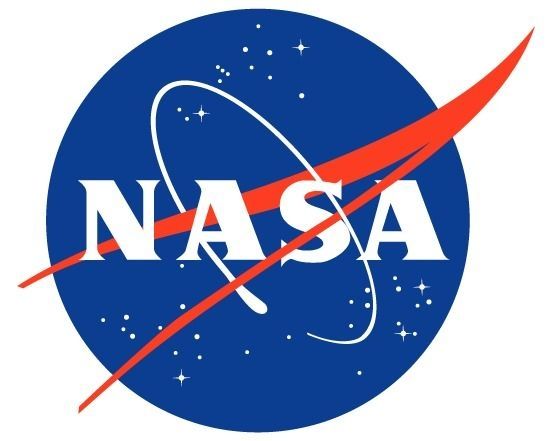
Docked safely  .
.
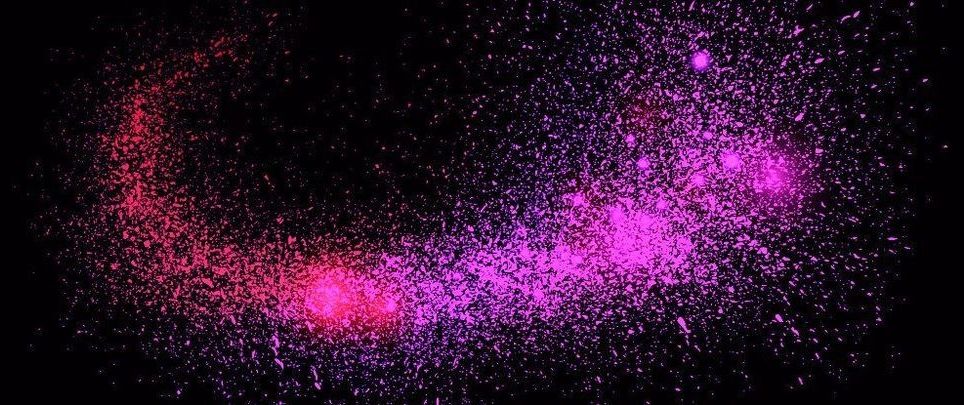
A new quantum physics experiment just lent evidence to a mind-boggling idea that was previously limited to the realm of theory, according to the MIT Technology Review — that under the right conditions, two people can observe the same event, see two different things happen, and both be correct.
According to research shared to the preprint server arXiv on Tuesday, physicists from Heriot-Watt University demonstrated for the first time how two people can experience different realities by recreating a classic quantum physics thought experiment.
The experiment involves two people observing a single photon, the smallest quantifiable unit of light that can act as either a particle or a wave under different conditions.
